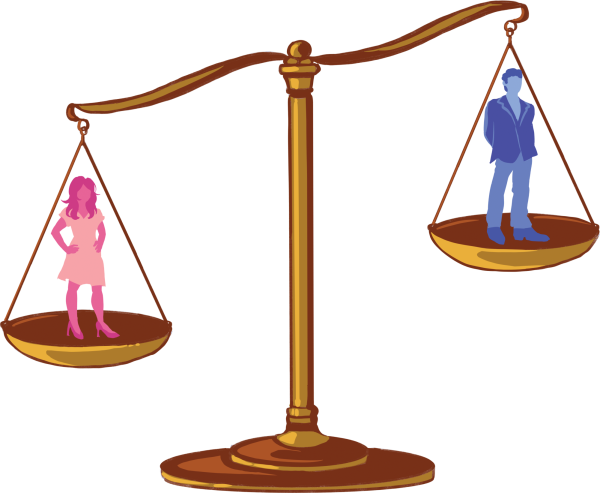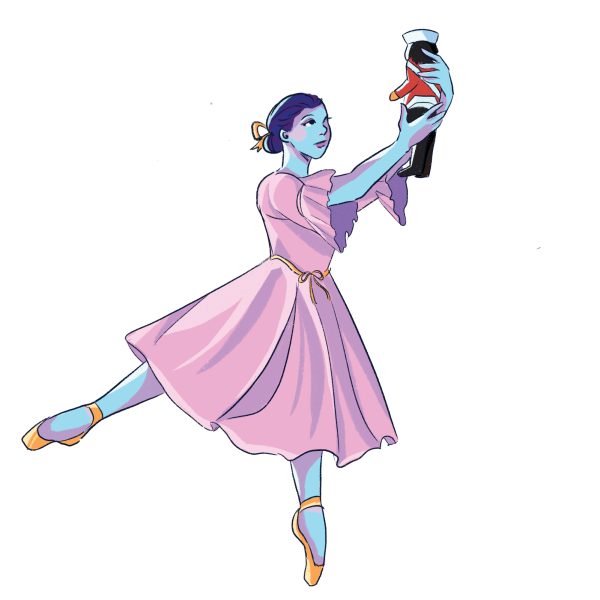Importance of Diversity in Media
March 6, 2023
Representation in the media empowers teens, according to PBS. A 2020 study by the University of California Los Angeles showed that top-grossing films featuring diverse characters and storylines, has a median global box office revenue nearly $200 million more than movies lacking representation. The divide in profits highlights the clear business benefits of including diversity in media, in addition to the cultural and social significance. However, reports by the Annenberg Inclusion Initiative and the University of Wisconsin-Madison show that women, people of color, and people who identify as LGBTQ+ are underrepresented in both books and movies.
It’s common for films and books featuring diverse characters to be censored in other countries or in school libraries, such as the Disney film, Lightyear, which has been banned in Saudi Arabia, the U.A.E, and Malaysia due to a lesbian couple being shown, according to Variety. Keegan Sarwate is the founder of the Banned Books Club and a junior at McCallum High School. The club that has recently spread to numerous other high schools in Austin, including Bowie, Anne Richards, and LASA through the Austin Independent School District (AISD) Banned Books Club. Sarwate said that media can be a powerful tool for self-discovery.
“Being able to see yourself or your feelings represented in the media lets you see, ‘Hey, this is a thing that people actually experience,’” Sarwate said. “It doesn’t mean that you’re alone. It doesn’t mean that you’re crazy. It just means that you’re not what you originally thought you were.”
Vanessa Mokry teaches film classes at LASA. She said there can be negative effects of a lack of representation in films.
“When you watch things, and you don’t see anybody that looks like you, it’s harder to connect,” Mokry said. “It gives you different messages, that you don’t belong.”
Katrina Brooks is the owner of Black Pearl Books, a diversity-focused bookshop in Austin that funded the AISD Banned Books Club. According to Brooks, messages advocating for inclusion are especially potent for children.
“Studies have shown that if you give a child a book that they can connect to, they’re more likely to read it,” Brooks said. “And so in classrooms, when you see children of color that don’t like to read, a lot of times, it’s because they can’t connect with what is being presented to them. They can’t identify with the stories of a white suburban child and what their struggles are because that’s not the world that they live in.”
Often the reason that media lacks diversity is because of preconceived ideas towards what should and shouldn’t be portrayed in media, according to Mokry. Ideas such as these come from previous eras of television and what was considered appropriate at the time.
“We watched things, [and] we didn’t realize that things could be different,” Mokry said. “Things were portrayed on TV in a very squeaky clean kind of way. but that’s not what real life is like. And once real life started catching up… it just rippled through into more of a real, more realistic type of filmmaking media.”
However, although representation has been increasing in the media, not everyone has access to it. Texas school administrators alone have banned over 800 books from school libraries according to the Texas Tribune, an action that Brooks says is about control, especially over children.
“It’s a form of censorship,” Brooks said. “If you can control what people are reading, you can control how they think about things.”
Sarwate said that children are especially vulnerable to being controlled. Their opinions will often echo that of their parents, but can also be learned from media they consume, according to Sarwate.
“Hatred is learned,” Sarwate said. “People aren’t born hating other people. It is inherited from the people that they are around the environment they are around, so if their environment is saying ‘hey, people are different from you, and that’s a good thing. And that’s a normal thing, and those people shouldn’t be treated any differently’ then that’s what young people are going to start to believe.”
One of the most common arguments for banning books is that they contain subject matter that children shouldn’t be exposed to, according to the American Library Association. Sarwate believes that this way of thinking ignores an integral part of many people’s lives.
“Kids deserve to know about what is happening in the world [and] what has happened in the world because the thing is, there are some kids who can’t avoid knowing that information,” Sarwate said. There are some kids who just can’t avoid knowing about the darker parts of life because they live it.”
The push for diversity in school libraries echoes a larger trend. Representation in media, especially film and television has exploded over the past decade, according to Mokry.
“The audiences are asking for it,” Mokry said. “They’re demanding it.”
However, these trends have not spread to every country. There are lots of places with limited freedom of speech where people can’t fight for the representation they want, according to Sarwate.
“You have to fight for those people who don’t have that ability because if they tried to fight for it, it would be dangerous for them,” Sarwate said. “It would be a risk. It would put their life at risk, put their family at risk. And we are in a position of privilege that we live in an area that allows us to do these kinds of things. So we have to use that privilege to make these stories accessible to everybody, and not just the people around us who already know.”









